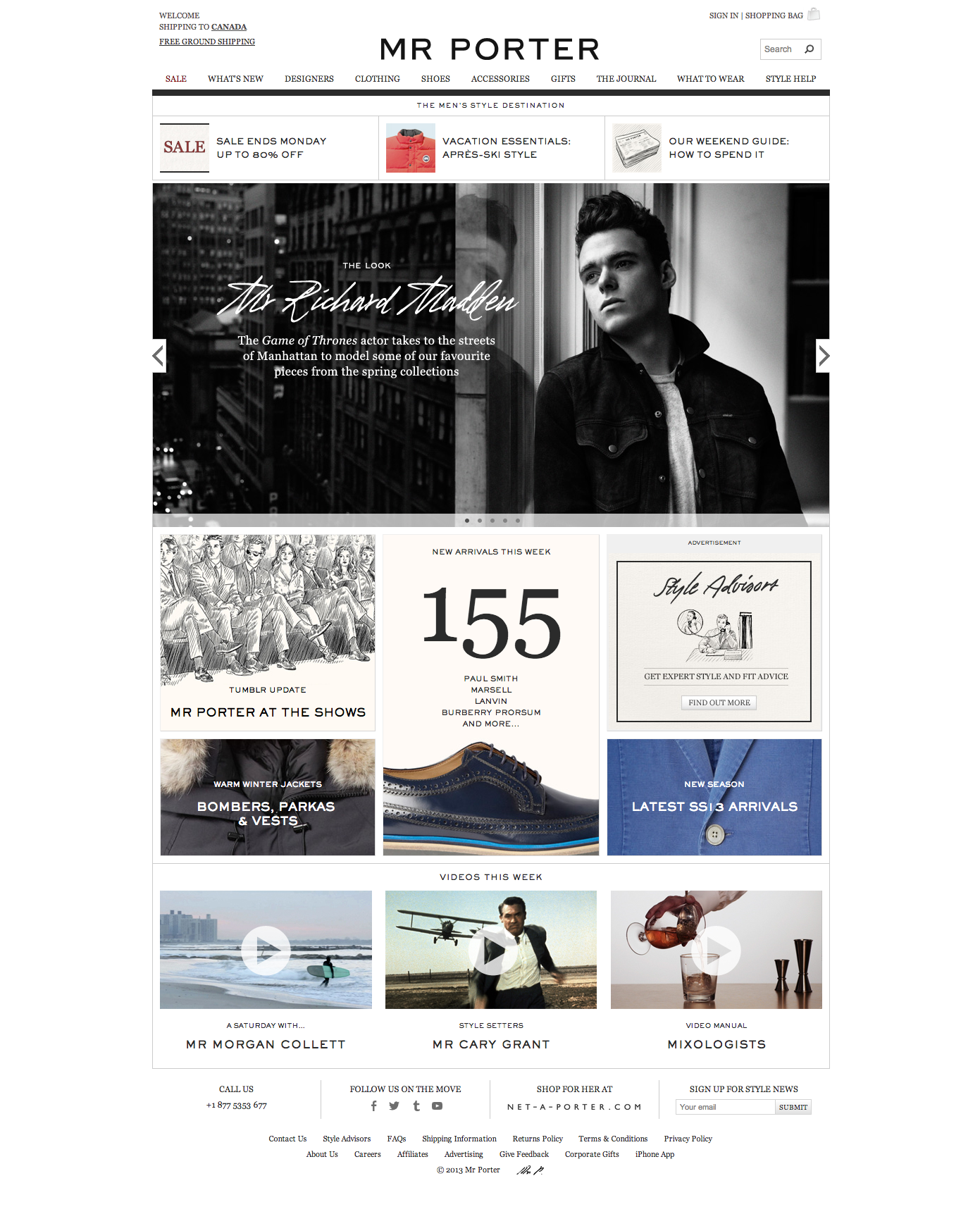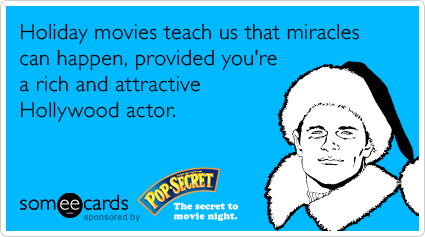We talk a bunch about making stuff, but we spend much less energy connecting that stuff to what our audiences are already doing, reading, watching or making themselves. So let's start getting after that.
Stick with me here. It looks long, but at least there are lots of fun videos and stuff.
Why does celebrity matter?
Sometimes they lend credibility. So if I need to sell a tennis racket, maybe I'd want Monica Seles as a spokesperson. Or if it was 1995 maybe I would. Because she is great at tennis, so she must know something about rackets. Just like 4 out of 5 dentists recommend Crest, and they know more than you about teeth, so better to take their advice.
Or second, they have existing communities. When I attach myself to Jay Z, I'm not just buying him, I'm buying what he represents to the people who listen to him. So he may sell Pepsi or American Express, two products he has little special credibility in. Except maybe that he's rich and has awesome taste buds. Either way, the line is way less clear than she plays tennis so let's give her a tennis a racket.
You could think of Jay Z as a publisher himself, not all that different from Rolling Stone or GQ. So when you bring him in, you're effectively buying space in the mind of his audience. Or at least occupying the same space.
But there is a bigger thing happening here than just credibility or attention. Mostly we're buying familiarity.
Now - think about your own social circle. How did you get to know them? Probably some sort of commonality. Maybe you went to the same school, or you work with them, or you were at the same show, whatever. That commonality provides the basis for a conversation. And that basis gives you leeway to explore other interests you may have in common. Might be music, books, political leanings or even a worldview. You make connections with others because of all the ways you're the same.
The same goes for how you connect with brands. We tend to favor those that seem familiar. People usually choose things that they know over change, even if the new thing is better. I could spew some psychological mumbo jumbo here, but suffice it to say - creating a sense of familiarity matters a lot whether you're meeting someone new, chatting up a potential client or trying to get someone to buy something. So all those associations you pack into the things we make also amp the likelihood someone will use it, trust it, share it or frankly - just give it a chance, which is half the battle.
So a few examples.
Adidas - Star Wars Cantina
[youtube https://www.youtube.com/watch?v=wJhN-S6GIN0]
A weird one to be certain, but think of all the little snippets of connections they're using here, creating a world where Star Wars geeks, fans of Snoop Dog and club DJs can all play. All in a style natural to the thousands of remixes that appear on YouTube. And all brought into the Adidas universe. We can argue of how effective it is, but it certainly provides lots of reasons for people to stop down and give it a watch.
Toyota - The Force
Keeping on the Star Wars theme, here's Toyota's Super Bowl spot from 2 years ago. Pretty brilliant connection between a feature and, well, the enterprise.
[youtube https://www.youtube.com/watch?v=R55e-uHQna0]
But let's focus on the year after, where they continued to expand their cultural tapestry, starting with the teaser for last year's super bowl spot.
[youtube https://www.youtube.com/watch?v=KqBfZ6vXPS8]
They stuck with Star Wars bit by having a dog choir barking the Imperial March, but added a throwback to the most annoying Christmas song ever made. The extra touch of the dogs resembling the characters just gave another nice angle to talk about.
[youtube https://www.youtube.com/watch?v=MCBhQCCyhTo]
But then it gets more interesting with the spot itself. Starts pretty basic with the cute pup. But then we pull back into the Star Wars universe in the middle of a meta debate on which spot was better - a conversation that would happen across millions of households only seconds later. Maybe a little weird, but packed with cultural currency.
[youtube https://www.youtube.com/watch?v=0-9EYFJ4Clo]
Hospital for Sick Children - Pain Squad
Video-centric examples tend to be the easiest to explain, but sometimes a bit harder to follow into the digital space. So think of the Pain Squad mobile application. Maybe it wins at Cannes without the Rookie Blue and Flashpoint integration, but I doubt it.
[youtube https://www.youtube.com/watch?v=vrH0n6D5ICw]
Nike+ Fuel Band
The invention of the Nike+ FuelBand sucks up all of the attention, but it is the world Nike, Wieden and R/GA crafted around it that elevated it from just a cool thing for runners and tech geeks to something of more interest to a much wider audience.
How did they launch it?
With this-
Counts
[youtube https://www.youtube.com/watch?v=MT50eLLxPco]
And this-
A Day with Nike+ FuelBand
[youtube https://www.youtube.com/watch?v=C28vPth3Xio]
Or this-
A Day with Ndamukong Sug
This one was super interesting because they used football player Ndamukong Suh, but also partnered with Path, introducing a whole new community. And setting up a relationship with SXSW.
[youtube https://www.youtube.com/watch?v=d0l67l-WLPk]
Or this-
Connecting to the Portland music community and introducing a new use case.
[youtube https://www.youtube.com/watch?v=JIHwj_gOAdI]
Oreo
The simplest example is this single post from Oreo. They could have just put up another video of you dipping your Oreo into milk or something, but instead - they chose to play in the real world.

The status of products are often derived not from their function, but from their cultural viability. The voice-over, the music, the style of the shoot, the actors, the language you use, all of it - creates a playground of opportunities and a cultural shorthand for the brand. Every choice is a chance for the brand to say - I like this thing, so do you, so now we can have a chat.
By now, you've probably figured out that this isn't really a post about celebrity. It's a post about common references. That can be a meme, a phrase, a book, a song, a band, a youtube video, a media property, stylistic element or even another brand. Sometimes it's overt and sometimes it's more subtle - but packing these elements into our products builds the connective tissue that gives it a punch that an unknown voice actor or a custom-made song could never supply.
So how often do we play with these elements? How often do we think of these audiences and question - what do they watch, read and play with? What stuff comes across their newsfeed? What do they talk about in line at Starbucks? And how can we take all of this cultural noise and use it to make our stuff more meaningful.
None of this is new. But it isn't structural to how we assemble our work. And it probably should be. Our baseline job might be to create another action, to provide better experiences, to get someone from point a to point b - but all of that works better and harder when you make the cultural stuff that matters to our audience work with you rather than trying to fight it, or worse, ignore it.
Anyway, more to come. Then we'll get into method.
A version of this was cross-posted on Core, the internal engine of Twist Image










